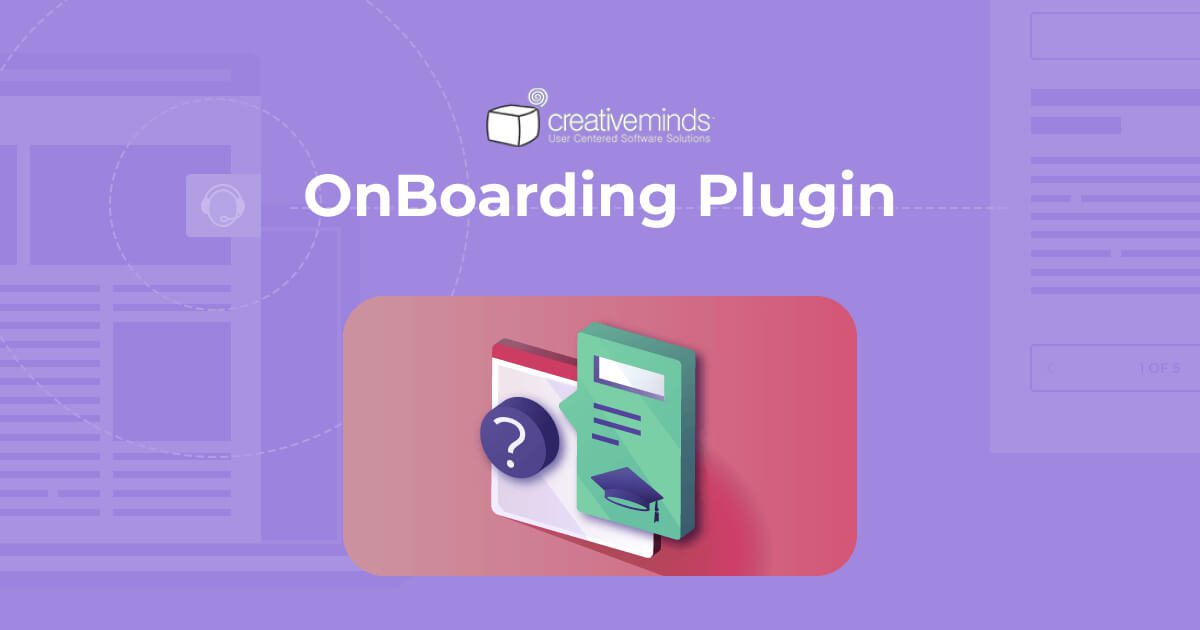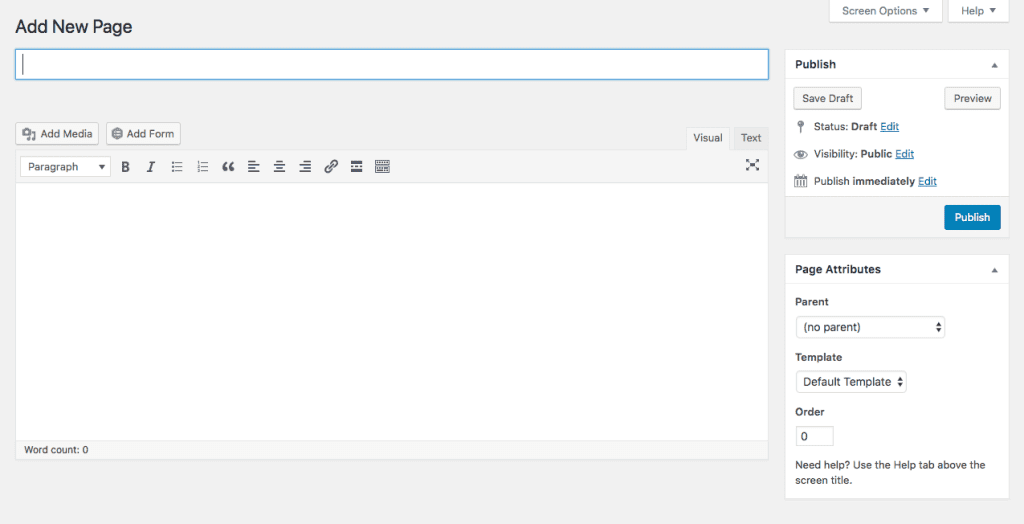Onboard Clients With WordPress effectively transforms the often daunting challenge of website management into an accessible and engaging experience for clients. As the world’s leading content management system, WordPress hosts a diverse array of users, making client education on WordPress essential for both freelancers and agencies. Implementing WordPress onboarding tips can significantly reduce anxiety around website management, ensuring a smoother transition as clients learn to navigate their new digital spaces. From effective WordPress tutorials to tailored WordPress client training, there are myriad ways to empower clients and boost their confidence. By providing practical guidance, you set the stage for long-term success and satisfaction with their WordPress website.
When it comes to introducing new clients to their WordPress platforms, effective onboarding practices are crucial. This process, commonly referred to as client acclimatization to WordPress, involves equipping users with the knowledge they need to manage their websites confidently. By focusing on client education strategies, such as personalized training sessions and resource provision, you can foster a meaningful understanding of WordPress functionalities. The path to simplified website management is paved with comprehensive tutorials and actionable tips tailored to your clients’ specific needs. Emphasizing these educational methods not only facilitates a smoother onboarding but also enhances client satisfaction and loyalty.
Understanding the Importance of Client Onboarding
Onboarding your clients effectively is crucial for a successful relationship, especially in the world of WordPress. Many newcomers find the CMS quite overwhelming, and your role as a guide is to simplify that experience. When you tailor your onboarding strategy to cater to their needs, you foster a constructive learning environment that not only boosts their confidence but also enhances their satisfaction with your services.
Moreover, initial onboarding sets the tone for future interactions. If your clients feel supported and informed during this phase, they’re more likely to approach you with questions or seek your assistance down the line. Therefore, investing time in developing a robust onboarding process ultimately pays off, as it leads to stronger, long-lasting client relationships.
Creating a Custom Management Experience
When setting up a WordPress site for a client, it’s imperative to focus on creating a manageable and user-friendly environment. Start by incorporating features that don’t require extensive technical know-how. This might include pre-set page layouts and restricted access to specific settings, thus reducing the possibility of inadvertent errors that could frustrate your client.
Additionally, customizing the WordPress admin area can be a game-changer. By simplifying their dashboards, clients can navigate through the management tools with ease. Assigning user roles with limited access allows them to focus on their important tasks without feeling lost. By making the site as intuitive as possible, you lower the barrier to entry and make their experience much more pleasant.
Assessing Your Client’s Technological Proficiency
Understanding your client’s comfort with technology is essential for creating a tailored onboarding experience. Observing their behaviors during initial discussions can give you significant insights; do they seem familiar with online tools or are they overwhelmed by basic tasks? This information will guide the content of your training sessions and help you focus on the areas where they’ll need the most support.
Technology-savvy clients may require less hand-holding and can handle more complex features right from the get-go. In contrast, clients who struggle with technical tasks will benefit from a more foundational approach. This could mean walking them through basic actions like logging in or creating posts before diving into more advanced topics like SEO optimization or social sharing strategies.
Focusing on Relevant Training Content
WordPress encompasses a vast array of features and functionalities. However, inundating clients with all this information at once can lead to confusion and overwhelm. Instead, focus your training sessions on the specific tasks your clients will frequently perform. This targeted method ensures they only absorb what’s essential for their day-to-day website management.
For example, if a client plans to regularly publish press releases, spend time ensuring they understand post creation, category selection, and basic SEO practices. Conversely, if their interest lies in showcasing images, chat about the gallery plugin features and the best practices for optimizing images. By honing in on relevant information, you create a more impactful and efficient training session.
Providing Post-Training Resources for Continuous Learning
After a training session, clients often find themselves needing a reminder of what they learned, especially when they attempt to manage their sites independently. This is where reference materials can be incredibly useful. Providing them with recordings of the session, which they can revisit, helps reinforce their understanding and serves as a valuable resource for future reference.
In addition to recordings, consider supplying them with screencasts demonstrating key tasks. These visual aids can clarify processes more effectively than written instructions alone. Furthermore, introducing them to reputable online resources creates a pathway for constant learning, ensuring they remain informed and confident as they manage their WordPress sites.
Cultivating a Supportive Teaching Environment
The demeanor you project during client training can greatly influence how well they absorb new information. Approach each session with patience and encouragement, and explain concepts in layman’s terms. By allowing time for questions and maintaining open lines of communication, you create a safe learning atmosphere where clients feel comfortable asking for help whenever needed.
Moreover, providing positive feedback can enhance their overall learning experience. Acknowledging progress, even the smallest victories, motivates clients to engage more actively in their website management journey. Remember, the goal is not just to impart knowledge but also to foster a relationship based on trust and mutual understanding.
Leveraging Your Expertise to Empower Clients
Your role as a WordPress professional goes beyond merely providing services; it’s about empowering clients. Many of them may only see WordPress as a means to an end, but by teaching them how to utilize the CMS effectively, you equip them with the skills to run their businesses successfully. This empowerment can transform the way clients interact with their websites, enabling them to fully leverage the potential of their digital platforms.
Additionally, take the time to adapt your approach based on individual client needs. By understanding the different ways people learn and applying that knowledge in your teaching methods, you enhance their uptake of the tools and features relevant to them. All in all, your effort not only benefits them but also significantly boosts your reputation as a knowledgeable and approachable Web professional.

Conclusion
In summary, onboarding clients with WordPress is a multi-faceted process that requires an understanding of user needs, a focus on essential knowledge, and a supportive learning environment. As a guide, your role is to bridge the gap between complex software and user comprehension. The following key points should be emphasized:
– Tailor your training to match the comfort level and technological proficiency of each client.
– Focus on fundamental tasks and functionalities that clients will frequently use, avoiding overwhelming them with unnecessary details.
– Provide comprehensive reference materials that clients can turn to post-training, reinforcing their learning and enhancing their ability to manage their site confidently.
The goal of your onboarding process should be to empower clients to take ownership of their online presence. By implementing a structured, thoughtful approach to training, you not only ease the transition for clients but also foster a positive relationship that can lead to continued collaboration. Remember:
– Demonstrating patience and friendliness will enhance the learning experience and encourage clients to ask questions.
– Utilize various resources—like recorded sessions or tutorials—to offer ongoing support.
– Always remind clients that learning is a journey and that you are there to support them every step of the way.















